Incorporating energy-efficient windows into passive house design is crucial for reducing carbon footprint and ensuring sustainable living, and in this blog post, we will explore the seamless integration of these two elements.
As I sat in my living room on a chilly winter night, I couldn’t help but feel a draft coming from the windows. Despite having the heat cranked up, it seemed as though the cold air was seeping in through every crack and crevice.
It was then that I realized just how important windows are when it comes to energy conservation in our homes.
As a blogger who writes about house windows, I’ve seen firsthand how much of an impact they can have on the overall efficiency of a home. But what about when it comes to passive house design? Passive houses are designed to be extremely energy-efficient, using very little energy for heating and cooling.
And as it turns out, windows play a crucial role in this type of design.
In this blog post, we’ll explore the seamless integration between windows and energy conservation in passive house design.
From choosing the right window materials to maximizing solar gain, we’ll dive deep into everything you need to know about creating an efficient and sustainable home with your windows.
So grab a cup of tea (or coffee) and let’s get started!
Passive House Design Principles
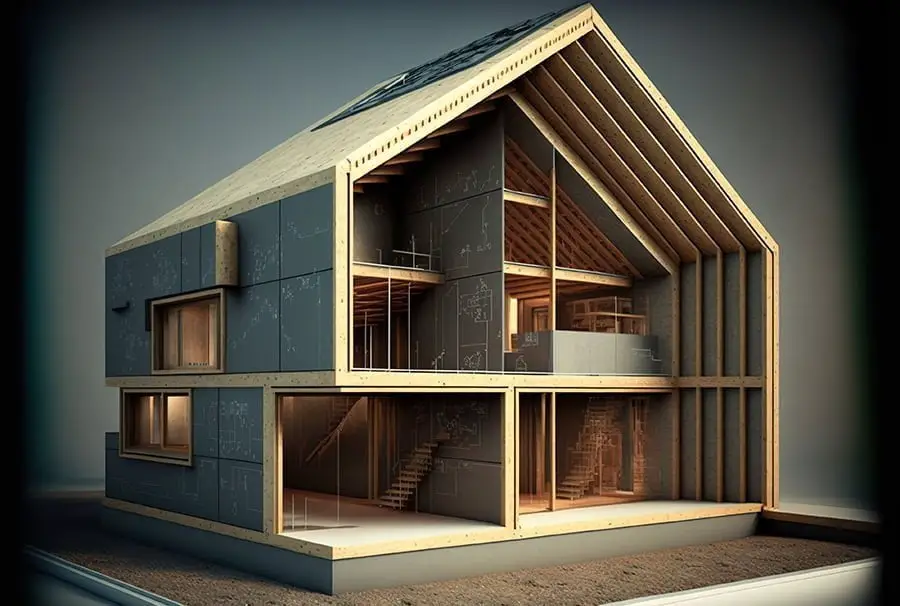
Passive house design is a building concept that originated in Germany in the 1990s. The idea behind it is to create homes that are incredibly energy-efficient, using very little energy for heating and cooling.
This is achieved through a combination of design principles, including:
- Super-insulation: Passive houses are built with thick walls and roofs that provide excellent insulation.
- Airtightness: To prevent heat loss, passive houses must be completely airtight.
- Ventilation: Despite being airtight, passive houses still need fresh air to circulate throughout the home for health reasons; therefore they use mechanical ventilation systems with heat recovery (MVHR).
- Solar gain optimization: Passive house designs maximize solar gain by positioning windows on south-facing walls where they can capture sunlight during winter months when the sun’s angle is low.
- Thermal bridge-free construction: Thermal bridges occur when there’s an area of high thermal conductivity within an otherwise well-insulated structure which leads to increased heat transfer across this area compared to other parts of the envelope leading higher energy consumption.
All these principles work together seamlessly towards creating highly efficient homes while reducing carbon footprint.
Continuing from my experience earlier mentioned about feeling cold drafts coming from my windows despite having turned up my heating system made me realize how important it was not only choosing quality window materials but also integrating them into our home’s overall design plan if we want truly sustainable living spaces.
Window Selection for Energy Efficiency
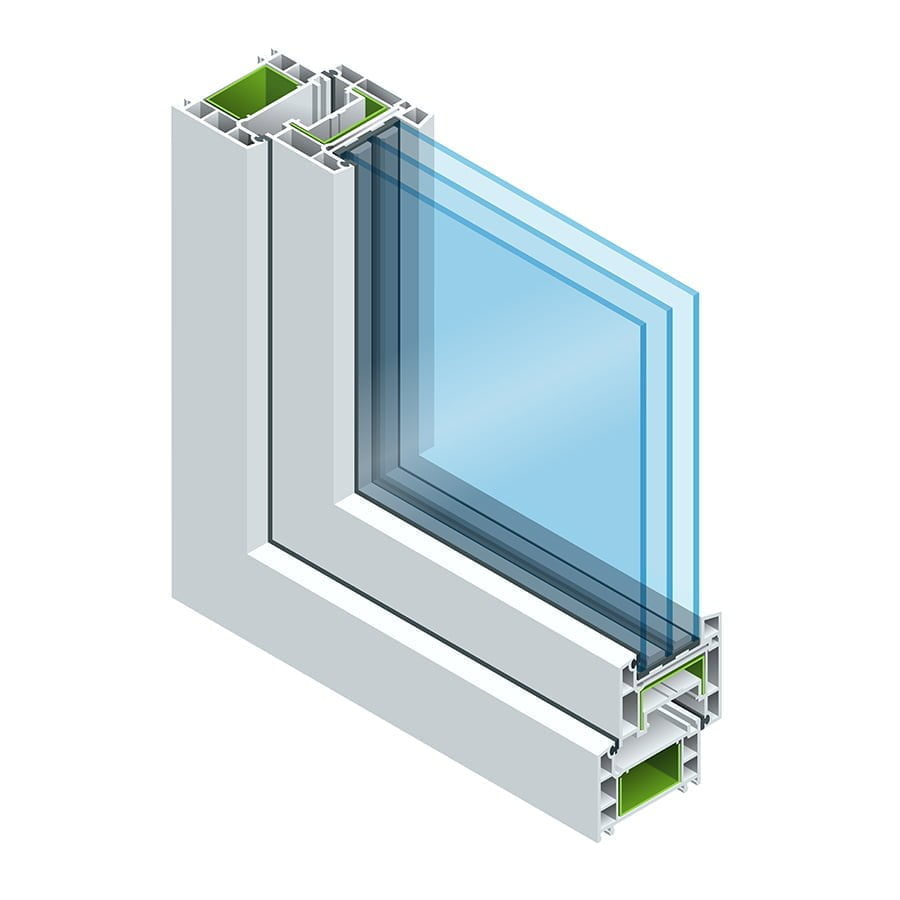
Choosing the right windows is crucial for achieving optimal energy efficiency when it comes to passive house design.
First and foremost, the window frame material plays a significant role in energy conservation. Materials such as wood or vinyl have better insulation properties than aluminum frames which conduct heat easily.
Multi-pane glass with low-emissivity coatings can help reduce heat loss through the window while still allowing natural light into your home.
But it’s not just about materials – size and placement of windows also matter in terms of maximizing solar gain and minimizing heat loss during colder months.
South-facing windows should be larger than those on other sides of your home since they receive more sunlight throughout the day.
Selecting high-quality energy-efficient windows is an investment that pays off over time by reducing heating costs while keeping you comfortable all year round!
Glazing Technologies in Passive Houses
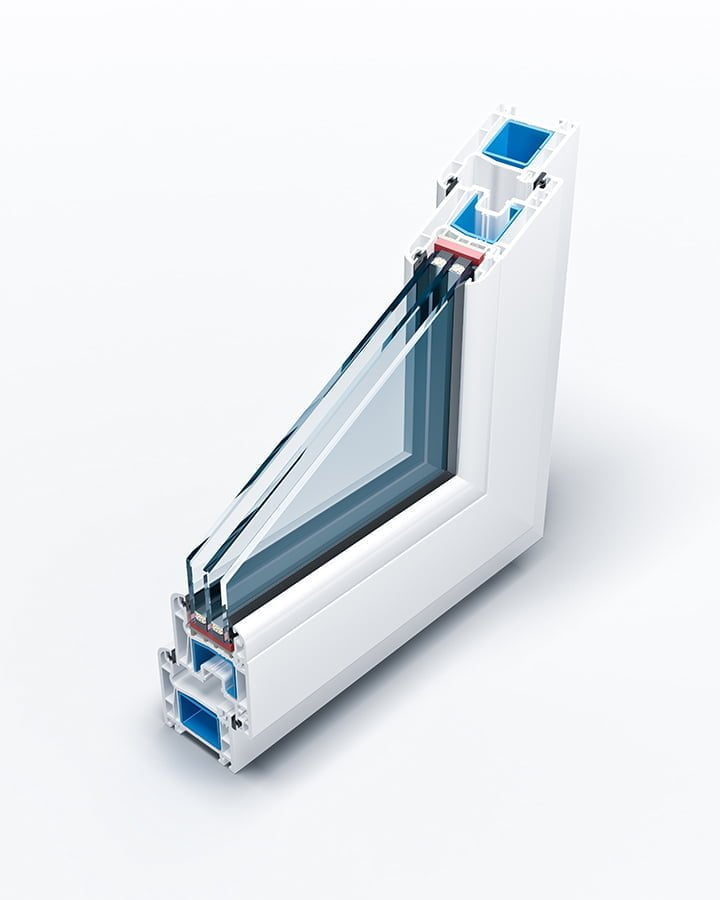
When it comes to passive house design, choosing the right glazing technology for your windows is crucial. In fact, it’s one of the most important decisions you’ll make when designing an energy-efficient home.
As I continued my research on this topic, I discovered that there are several different types of glazing technologies available for passive houses.
One popular option is triple-pane glass with low-emissivity coatings and argon gas fillings. This type of glass provides excellent insulation and helps to reduce heat loss through windows by up to 50%.
Another option is vacuum-insulated panels (VIPs), which consist of two panes of glass separated by a vacuum layer filled with insulating gases such as krypton or xenon.
But no matter what type of glazing technology you choose, it’s important to remember that proper installation and sealing are just as critical as the materials themselves. Even the best window can lose its efficiency if not installed correctly.
Selecting high-quality windows with advanced glazing technologies plays a significant role in creating an energy-efficient home design while reducing heating costs significantly over time.
Solar Heat Gain Optimization
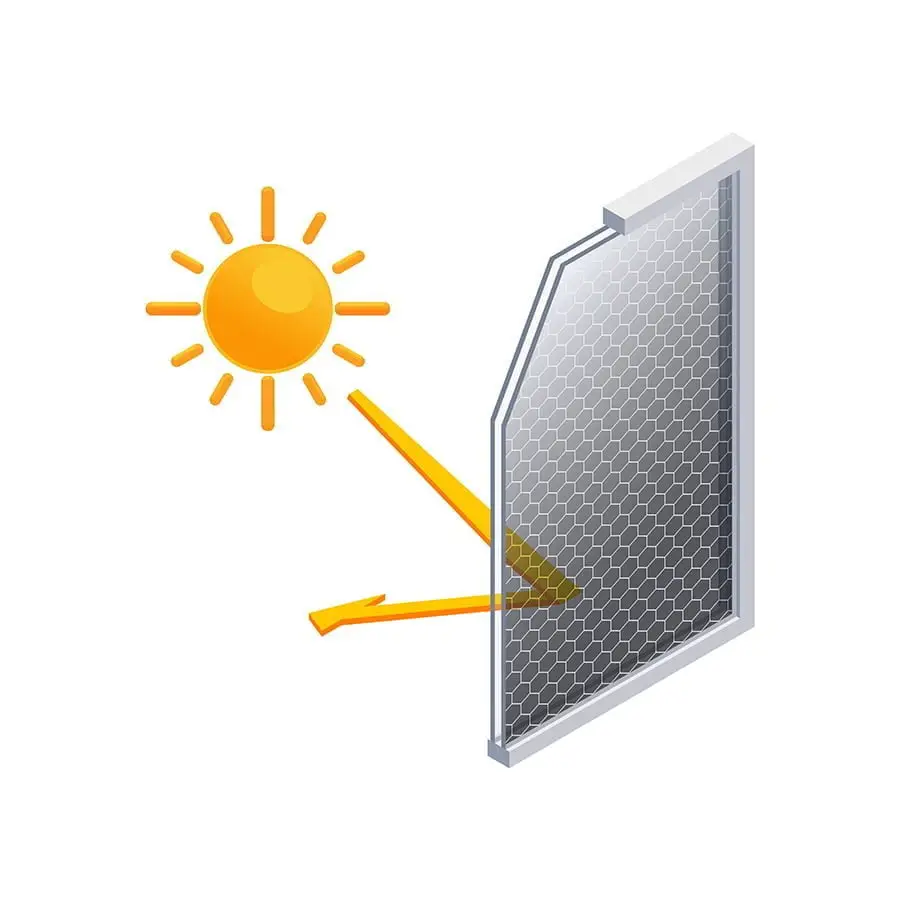
When it comes to passive house design, one of the most important factors to consider is solar heat gain optimization. This refers to how much heat enters a home through its windows and how effectively it can be used for heating purposes.
Firstly, choosing the right window orientation is crucial. South-facing windows receive more sunlight than any other direction and are ideal for maximizing solar gain during winter when sunlight is limited.
Secondly, selecting high-performance glazing with low-emissivity coatings helps reduce energy loss by reflecting indoor heat back into your home while allowing natural light in.
Lastly, incorporating shading devices such as overhangs or exterior blinds can help regulate incoming sunlight during summer months when excessive amounts of direct sun could lead to overheating indoors.
By optimizing our homes’ use of natural resources like sunshine through smart window selection and placement strategies we not only save money but also contribute towards a sustainable future where energy conservation becomes an integral part of our daily lives!
Thermal Insulation and Windows
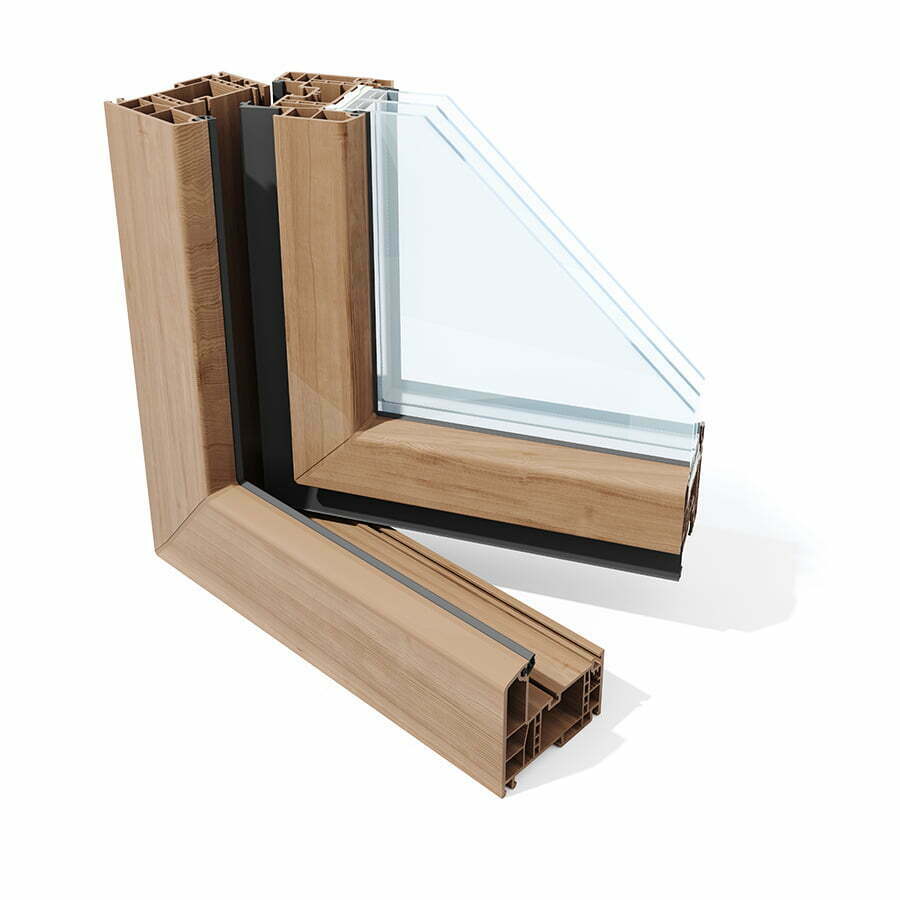
When it comes to energy conservation in passive house design, thermal insulation is key. And windows play a crucial role in this aspect of home efficiency.
First and foremost, you’ll want to look for windows with high-quality thermal insulation properties. This means selecting materials that can effectively block out cold air while keeping warm air inside your home during winter months (and vice versa during summer months).
Some popular options include triple-pane glass and insulated frames made from materials like PVC or fiberglass.
But it’s not just about the materials themselves – proper installation is also critical when it comes to maximizing thermal insulation benefits from your windows. Ensuring a tight seal around each window frame will help prevent any unwanted drafts or leaks.
By prioritizing thermal insulation properties when selecting and installing new windows in your passive house design project, you’ll be well on your way towards creating an efficient and sustainable living space that keeps both you and Mother Nature happy!
Air Tightness and Ventilation
Air tightness and ventilation are two critical factors that must be carefully considered. While airtight windows can help prevent heat loss and improve energy efficiency, they also limit the amount of fresh air that enters the home. This is where proper ventilation comes into play.
There are different types of mechanical ventilation systems that can be used to ensure adequate airflow while still maintaining an airtight envelope. These include heat recovery ventilators (HRVs) and energy recovery ventilators (ERVs), which use advanced technology to exchange stale indoor air with fresh outdoor air without losing valuable heat in the process.
It’s important to note that achieving optimal levels of air tightness and ventilation requires careful planning during the initial home construction or renovation stages. Working with experienced professionals who understand these principles is key in creating a truly efficient passive house design.
By integrating high-quality windows with effective mechanical ventilation systems, homeowners can enjoy all the benefits of an energy-efficient home without sacrificing comfort or indoor air quality.
Natural Light Utilization
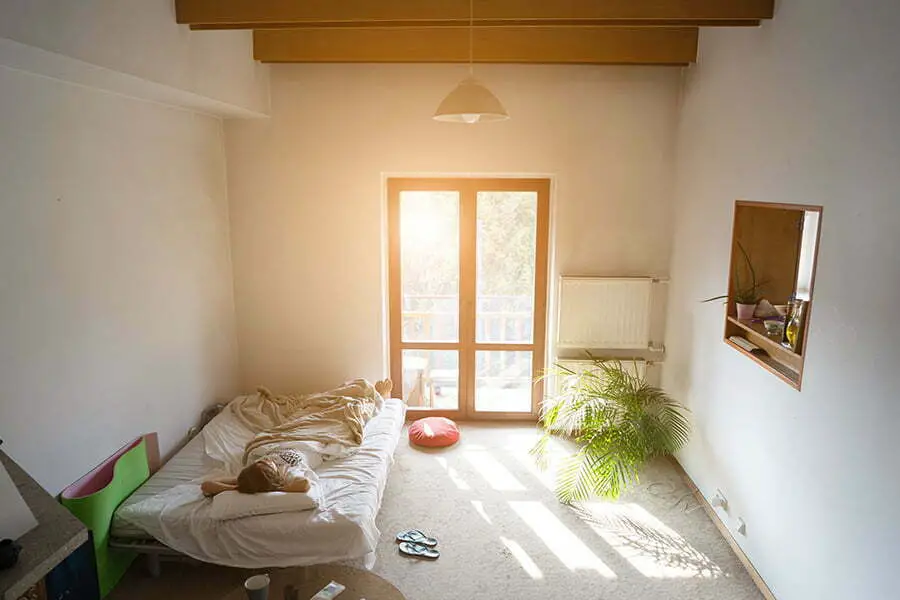
What about natural light when it comes to passive house design? Passive houses are designed to be extremely energy-efficient, using very little energy for heating and cooling.
And as it turns out, windows play a crucial role in this type of design.
One important aspect that cannot be overlooked is natural light utilization. In passive house design, maximizing natural light reduces the need for artificial lighting and helps regulate indoor temperatures by harnessing solar gain during colder months.
To achieve optimal natural light utilization in your passive home’s window placement should consider factors such as orientation and shading devices like overhangs or louvers which help control direct sunlight penetration while still allowing diffused daylight into living spaces.
Choosing high-performance glazing with low U-values will ensure minimal heat loss through your windows while allowing ample visible light transmission (VT). This means you’ll get all the benefits from natural daylight without sacrificing thermal performance – truly seamless integration!
Related Stories
- Passive Solar Window Design for Energy Efficiency: Harnessing the Sun
- Window Orientation and Energy Efficiency: Positioning for Success
- Solar Heat Gain Coefficient and Energy-efficient Windows: Mastering the Balance
- Window-to-wall Ratio and Energy Efficiency: Finding the Perfect Fit
- Energy-efficient Windows for Different Climates: Tailoring Your Home’s Needs
Recap
